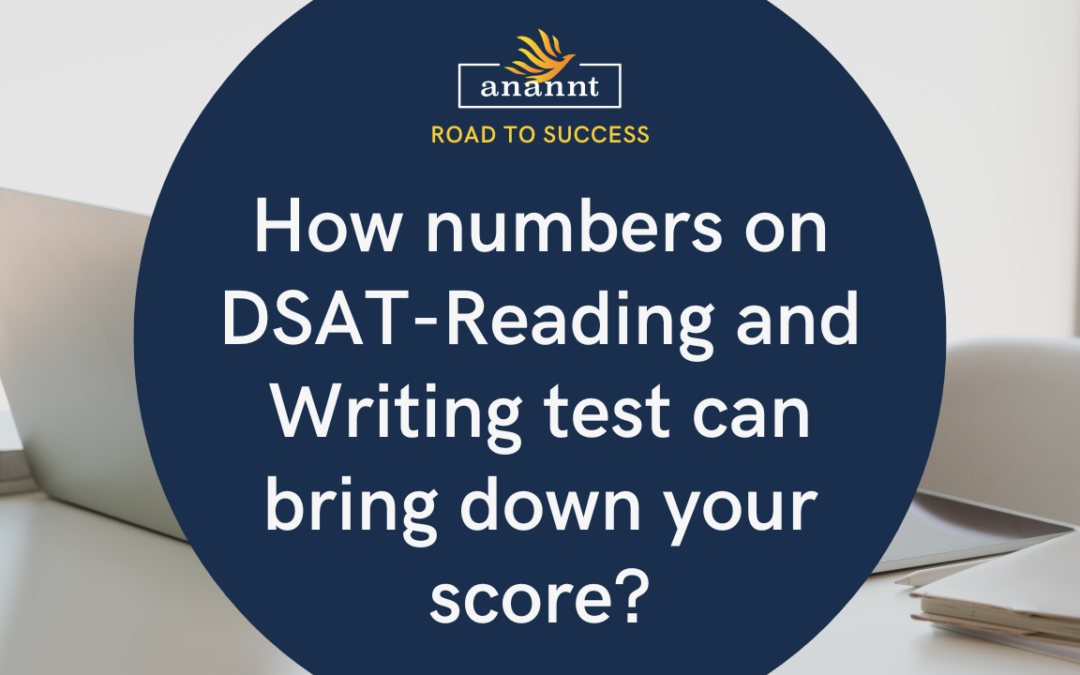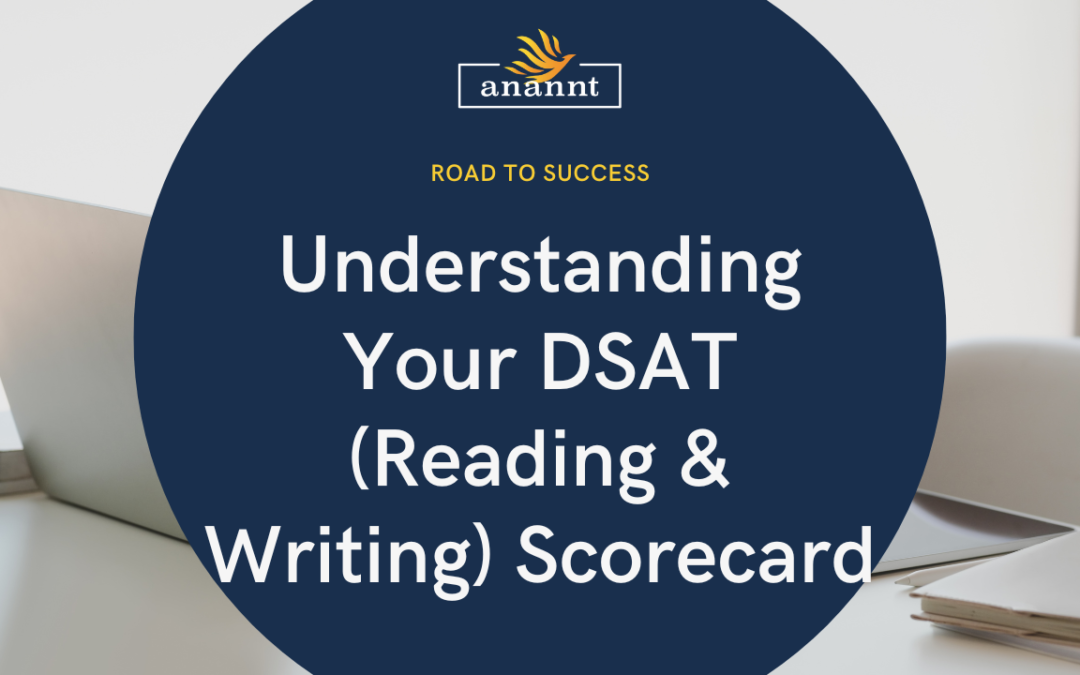
How numbers on DSAT-Reading and Writing test can bring down your score?
The Reading and Writing sections of the DSAT include questions that focus on your “Command of Quantitative Evidence.” These questions, which fall within the broader domain of “Information and Ideas,” test your ability to understand, analyze, and use numerical information presented within various passages and text formats. A weak grasp of these skills can definitely bring down your overall Digital SAT score.
Approximate Percentage of Questions
In the DSAT Reading and Writing tests, Command of Quantitative Evidence questions form about 20-30% of the Information and Ideas domain. Excelling here is pivotal for a high DSAT score.
Let’s break down how this works:
What is Command of Quantitative Evidence?
Command of Quantitative Evidence questions expect you to:
- Interpret Data: Understand the meaning of numbers, percentages, statistics, and how they are represented in charts, graphs, or tables within a passage.
- Analyze Relationships: Draw conclusions about how different pieces of numerical data relate to each other and the overall point of the text.
- Apply Your Understanding: Use the quantitative information to answer questions that test your comprehension of the passage or require you to support claims made in the text.
How Numbers Can Bring Down Your Score
- Misinterpreting Data: Simply skimming numerical information leads to misinterpretations of percentages, comparisons, or trends presented within the text. This can cause you to answer questions incorrectly.
- Inability to Analyze: Failing to see the connections between numerical data and the author’s arguments weakens your ability to understand the passage fully or support your answers with evidence.
- Ignoring Context: Numbers alone don’t tell the whole story. If you don’t consider the context in which numerical data is presented, you might draw inaccurate conclusions.
Tips for Success
- Don’t Be Intimidated: Numbers on a test can be scary, but remember, the DSAT focuses on basic numeracy and interpretation skills.
- Focus on Context: Always ask yourself, “What do these numbers mean in relation to the overall passage or argument?”
- Look for Trends: Are numbers increasing or decreasing? What relationships do they show?
- Practice! Regularly expose yourself to passages with numerical data. Analyze charts and graphs, and practice questions targeting your Command of Quantitative Evidence.
Frequent engagement with passages rich in numerical data fine-tunes your skills. Anannt Education’s DSAT preparation materials offer targeted practice to help you excel.
By honing your command of quantitative evidence, you not only boost your Digital SAT score but also equip yourself with a critical skill for information interpretation and argumentation. Dive deeper into DSAT prep with Anannt Education and reach out via WhatsApp for further assistance 📱.







Recent Comments